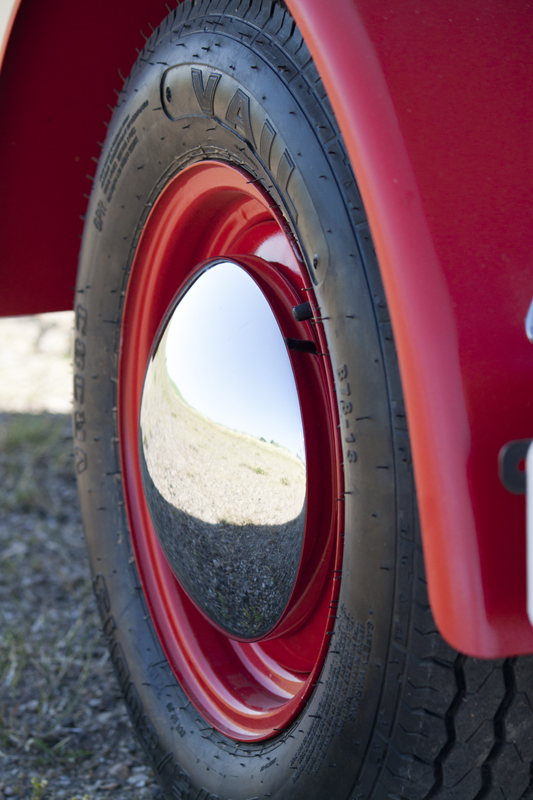Good Morning Everybody
After reading more of your building reviews I have a few questions if you don't mind. I've used the search but didn't find answers to these questions.
Side Walls: I see where some use a sheet of plywood without a frame and some build a frame and then skin on both sides.
What's the end difference in the two?
Which way would end up being lighter if any?
If I went with plain plywood instead of framing/skinning, would I use 1/2" or 3/4" plywood?
Insulation: I see everybody is using block insulation. Why could you not use regular bat insulation like in the walls of a house? Seems like it would be easier to install.
Thanks for any replies and suggestions.
David
Questions on side walls and insulation?
10 posts
• Page 1 of 1
Bat insulation gets it insulating properties from the air space between the glass fibers. Usually its about 4 to 8 inches thick. If you compress the bat insulation then you loss a lot of R- value (insulating properties). Also Bat insulation tends to hold water should a leak occur. Foam insulation virtually eliminated the above two situations with out sacrificing its r- value. I have found the rigid foam easier to install + minus the “itch “ factor
-

starleen2 - 5th Teardrop Club
- Posts: 16272
- Images: 224
- Joined: Sat May 12, 2007 8:26 pm
- Location: Pea Ridge ,AR




